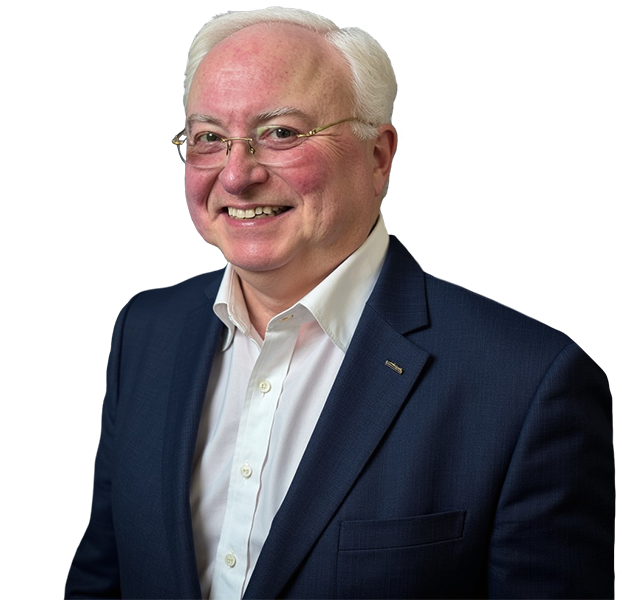Patent Eligibility of Diagnostic Gene Signature Method Claims
A claim drafting strategy assuring the patent subject matter eligibility of diagnostic gene signature method claims is discussed in light […]

Dr. Christopher Southgate is genuinely enthusiastic about cutting-edge science and finding solutions to challenging IP legal issues. He has over 18 years of experience delivering Biologics patent services and IP strategy advice.
Seasoned in working with university and corporate clients, Christopher has also worked with large pharmaceutical companies and biotech startups. He is especially skilled at providing thorough and comprehensive freedom-to-operate and patent landscape analyses.
The breadth of Christopher’s post-graduate academic research at Harvard University, Harvard Medical School, Dana Farber Cancer Institute and UMass Medical School allows him to advise on a wide range of technologies and disciplines, including antibody therapeutics, immuno-oncology therapies, neoantigen selection, T cell therapies, checkpoint inhibitors, regenerative medicine, tissue engineering, stem cell therapies (iPSCs), AAV gene therapies, and regulation of gene expression (e.g., RNA interference, microRNAs, aptamers, reporter constructs, inducible transcription; splicing).
Prior to joining JMIN, Christopher was a director and patent counsel at PTC Therapeutics for four years where he was the IP subject matter expert for all of PTC’s gene therapy programs. Before that, he was a senior life sciences patent attorney at a bustling New Jersey-based IP boutique law firm.
Sep 24 2024
A claim drafting strategy assuring the patent subject matter eligibility of diagnostic gene signature method claims is discussed in light […]